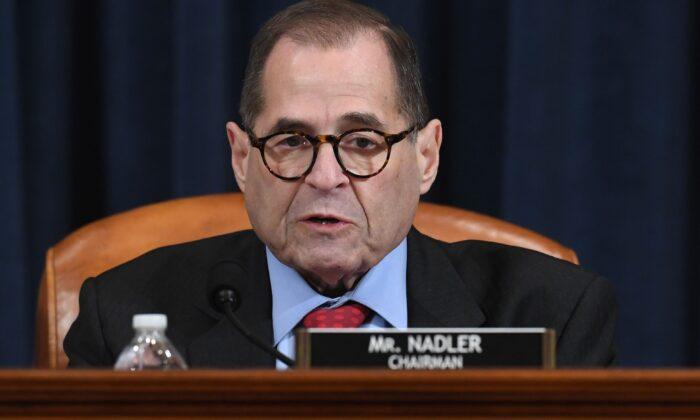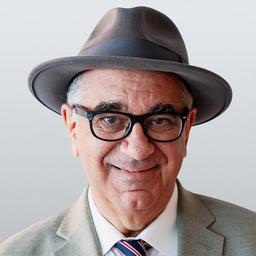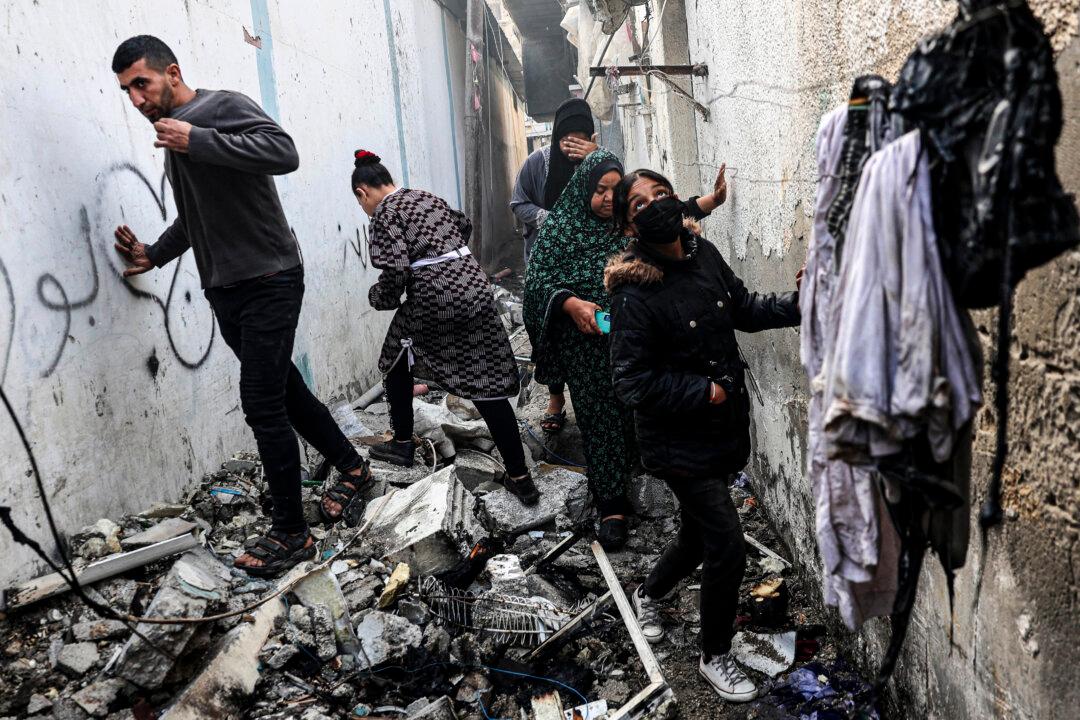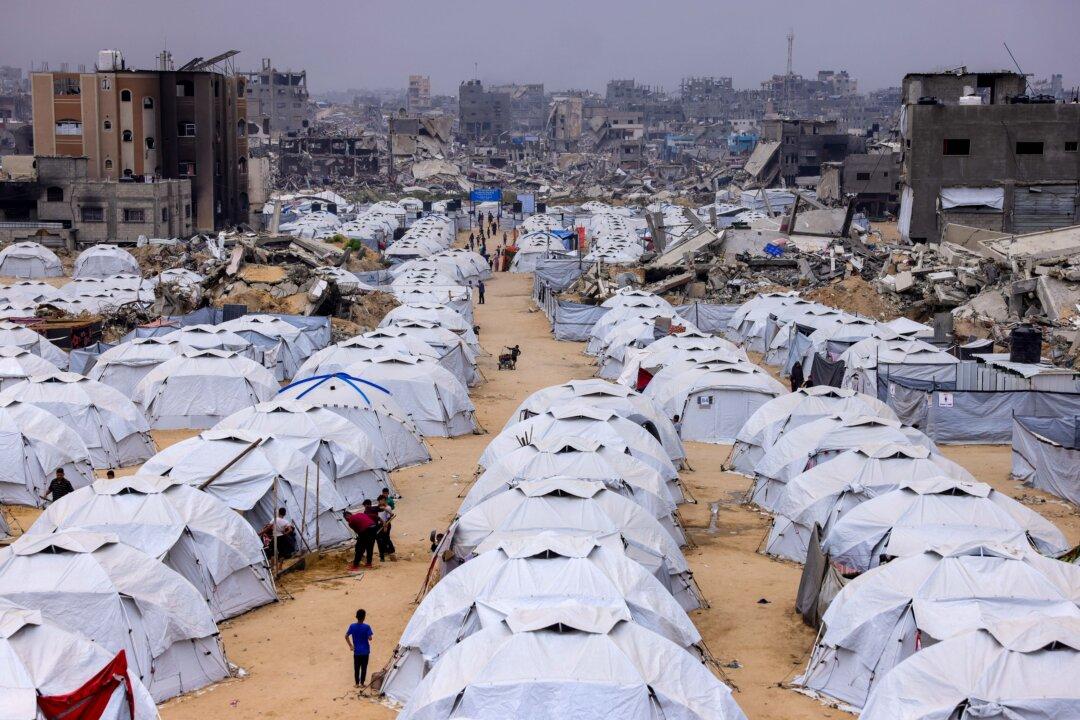When New Yorkers go to the polls on Aug 23, their numbers may be startlingly low. Analysts say the rescheduling of half the state’s primaries from June to late August may catch much of the state in last-week-of-summer-vacation mode, with many would-be voters away at, say, the beach.
Turnout estimates are very low for the congressional and state Senate primaries. Politicos in various parts of the state put turnout at 10 percent, or even lower. Keith Davies, Democratic campaign manager for Suffolk County on Long Island’s eastern end, said they expect as few as 5 percent of voters to cast their ballots. Early voting numbers have been abysmal.
“No one’s voting,” he said. “It’s prime vacation time. It’s the last vacation of the summer. Or they’re moving kids back to college.”
That means getting out every single vote possible matters. Davies said he'd consider driving 45 minutes each way to the board of elections if it meant helping a single Democratic voter vote. In a regular election, it wouldn’t be worth his time. In his state Senate race, he expects no more than 5,000 people to turn out.
And there are plenty of important races, with redistricting having jumbled the state’s election map, with resignations having left seats vacant, with special elections to fill vacancies immediately being held simultaneously with the primaries for the November election.
Two longtime Democratic incumbents, Carolyn Maloney and Jerrold Nadler, are pitted against each other and facing off against attorney Suraj Patel in New York City’s 12th District. Another incumbent, Mondaire Jones, pulled out of his own district in the city’s northern suburbs to seek Nadler’s old 10th District seat in lower Manhattan. Upstate, there was an equal amount of shifting around.

Mitchell thinks that’s just fine. Younger, more progressive candidates have been getting more traction and are more visible nationally than their more moderate predecessors were.
From 1990 to 2018, when Alexandria Ocasio-Cortez was elected, New York’s Congressional delegation, “a sort of left-wing mainstream of the party, was punching way below its weight. It wasn’t doing much in Congress. It had committee chairs, but no one was saying so-and-so from New York is a legislative star,” he said. Charlie Rangel, for one, “was never a real power broker guy. With that seniority, he should have been.” Rangel was in Congress for 46 years.
Mitchell said that leftists rising in other parts of the country, like Barbara Lee and the late Ron Dellums, both of California, had no counterparts in New York City.
The election of Ocasio-Cortez in the Bronx and Queens, of Jamaal Bowman, representing the north Bronx and southern Westchester counties—both members of Democratic Socialists of America—and of Ritchie Torres in the South Bronx, and Mondaire Jones in suburban Westchester and Rockland counties, both very progressive, changed that, Mitchell said.
Another trend he said he noticed was that Democrats aren’t that interested in donating to New York’s Democratic primaries. Big donors are, instead, pouring their money into other states’ key Senate races to stop Republicans. They’re donating to John Fetterman in Pennsylvania, Mandela Barnes in Wisconsin, or Raphael Warnock in Georgia—rather than giving their support to New York incumbents like Maloney or Nadler.

Many states had messy redistricting processes, and New York’s was messier than most. Voter confusion is another factor hurting turnout. A map drawn by the Democratic-controlled legislature was thrown out, and a new one, drawn by a special master appointed by a judge, was not finalized until late May. It scrambled countless political plans. Congressional and state Senate races were postponed from the June 28 primary date until August 23.
The map caused upheavals. Maloney, chair of the House Oversight Committee, and Nadler, chair of the House Judiciary Committee, found themselves vying for votes in the Upper East Side and Upper West Side. Polls showed Nadler ahead.
Nadler vacated District 10, leaving it an open seat that became a free-for-all. Mondaire Jones, formerly representing District 17, said he didn’t want to run against either of two allies in neighboring districts. He’s running for the District 10 seat, far from the area he currently represents.
Upstate, the shuffle had already begun when then-Gov. Andrew Cuomo resigned, elevating Lt. Gov. Kathy Hochul to the spot. She appointed a successor, Brian Benjamin, but when he resigned under indictment for federal bribery charges, she appointed District 19 Rep. Antonio Delgado to the position.
Claudia Tenney was redrawn out of her old District 22 seat, representing a swath of Central New York, and the new one didn’t look good for her. She’s running in District 24, much safer for a Republican, taking in much of the Lake Ontario shore while avoiding big cities.
Two events jumbled the Western New York area around Buffalo. In May, District 23 Rep. Tom Reed resigned amid allegations of sexual misconduct. Now facing off in the new District 23 are two local GOP heavyweights, former state chair Nick Langworthy and controversial former gubernatorial nominee Carl Paladino.
And District 27 Rep. Chris Jacobs opted not to run again. His coming out for gun control following Buffalo’s Tops supermarket mass shooting caused fellow Republicans to break with him.
In Suffolk County, Davies said the two Congressional races in Districts 1 and 2, represented a breather for him. The Democratic candidates in each are unopposed, meaning Davies can devote his energies elsewhere. Republicans have contested primaries in both. Efforts to reach Suffolk County Republican chair Jesse A. Garcia were unsuccessful.
Davies said the main issues in the two districts are abortion, stemming from the Supreme Court’s Dobbs decision overturning Roe v. Wade, and “common-sense gun safety regulations.” He acknowledged that Democrats see abortion as a potent issue because it splits Republicans, many of whom, at least in New York, are pro-choice.
He saw the same thing with gun control. He said law-abiding gun owners he knows are supportive because they think those who violate gun laws give them a bad name.
Crime is an issue, although Davies maintained it has been dropping steadily in Suffolk County for five years or more. “But you can’t say that in a political ad, in terms of people’s perception. They don’t believe you.”
And, of course, there’s the economy, he said.
Lee Zeldin, now the Republican candidate for governor, has represented the 1st District since 2014. It had been Democratic before that. The Democrats think they can flip it back, Davies said, because redistricting “made it bluer.”
People in Suffolk County want bipartisan candidates who can work together and solve problems that aren’t party issues—like clean drinking water or keeping the bays and waterways clean, said Davies, adding that said leftist candidates like Alexandria Ocasio-Cortez wouldn’t fly there.
The Democrats’ District 1 candidate in November is Bridget Fleming, a former prosecutor and proven vote-getter in the area.





